Find Help
More Items From Ergsy search
-
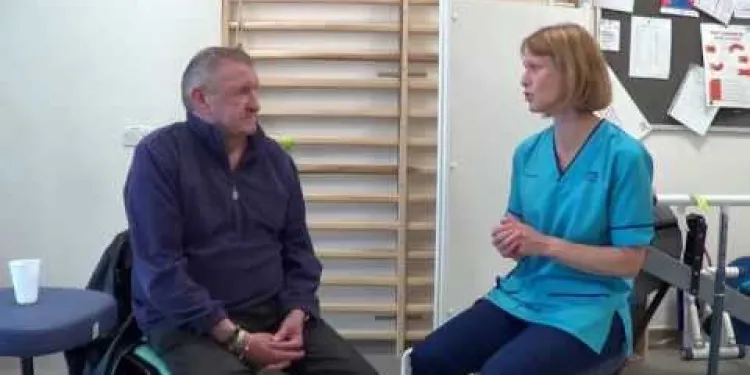
Clearing Your Chest with Breathing Exercises
Relevance: 100%
-
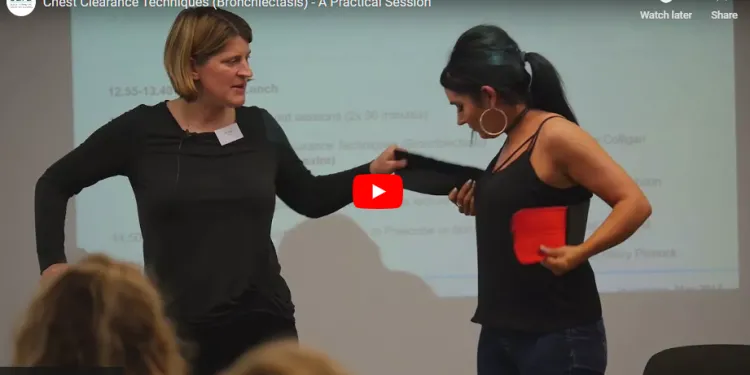
Chest clearance techniques
Relevance: 64%
-
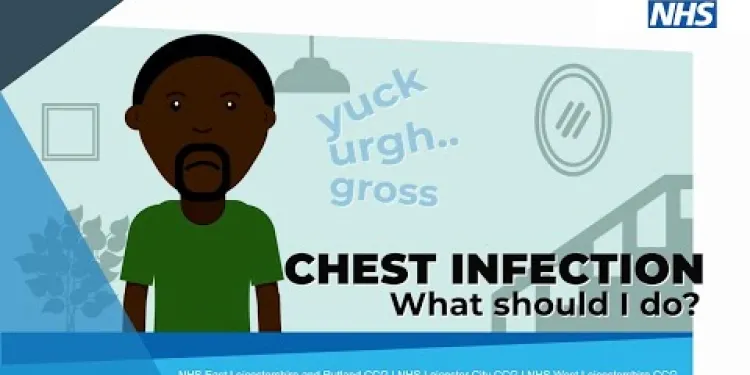
Chest infection: what should I do?
Relevance: 58%
-
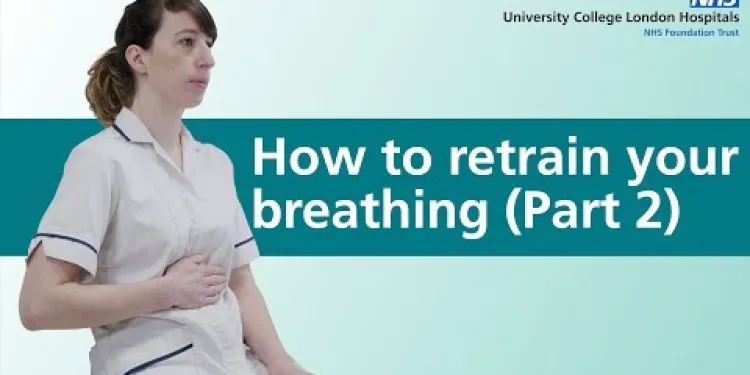
How to retrain your breathing | Part 2 | Asthma, long covid or breathlessness
Relevance: 51%
-

Is it possible to have a heart attack without chest pain?
Relevance: 48%
-
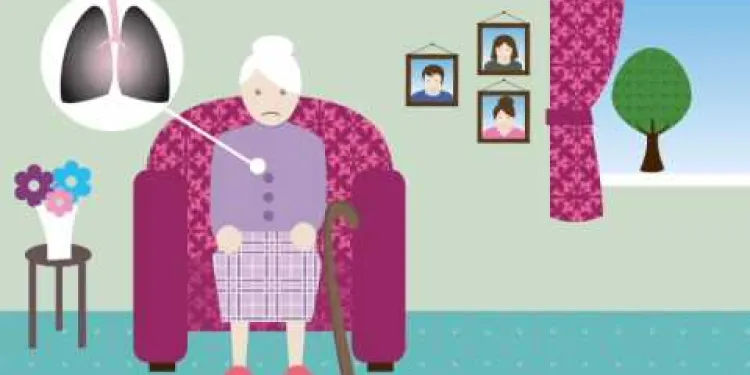
Dorothy's Story (Falls/Chest Infection)
Relevance: 47%
-

Can exercise trigger asthma symptoms?
Relevance: 44%
-

How is breathing affected by motor neurone disease?
Relevance: 41%
-

Is it safe to exercise with a cold?
Relevance: 39%
-

Are there any exercises involved in air physiotherapy?
Relevance: 39%
-

Can exercises help with labor preparation?
Relevance: 38%
-
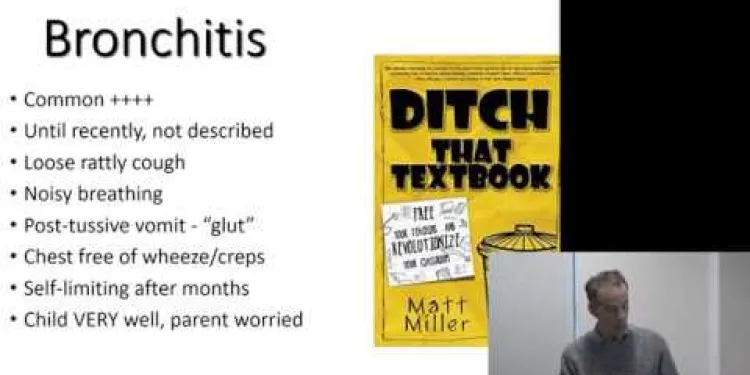
Bronchiolitis and chest infections in young children - Prof Steve Turner
Relevance: 37%
-

How does exercise impact heart failure?
Relevance: 37%
-
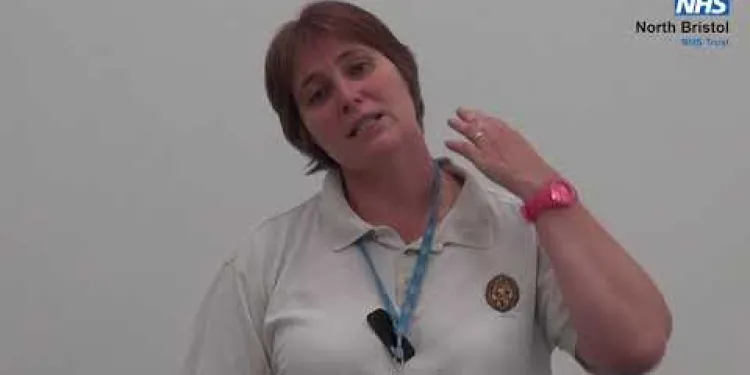
Neck Exercises
Relevance: 36%
-

How can I ensure safety during pregnancy exercises?
Relevance: 35%
-
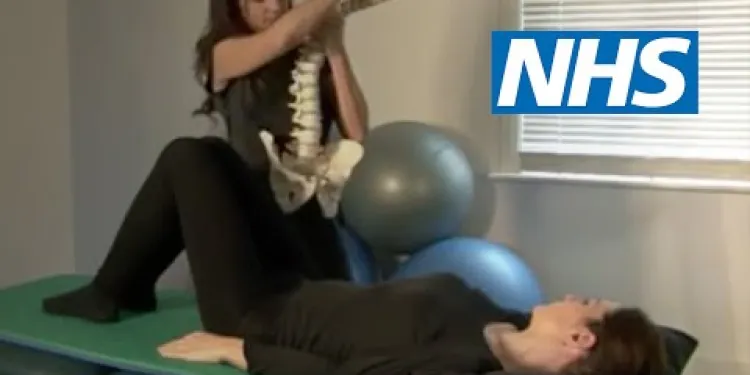
Exercises for sciatica: herniated or slipped disc | NHS
Relevance: 34%
-

Should I avoid lying on my back during exercise?
Relevance: 34%
-
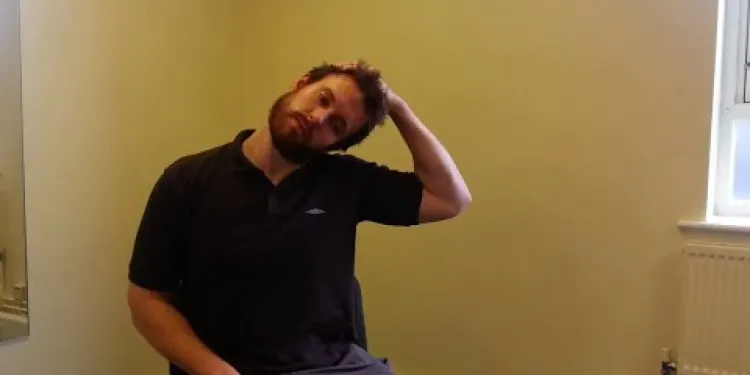
Neck Care Exercises
Relevance: 34%
-
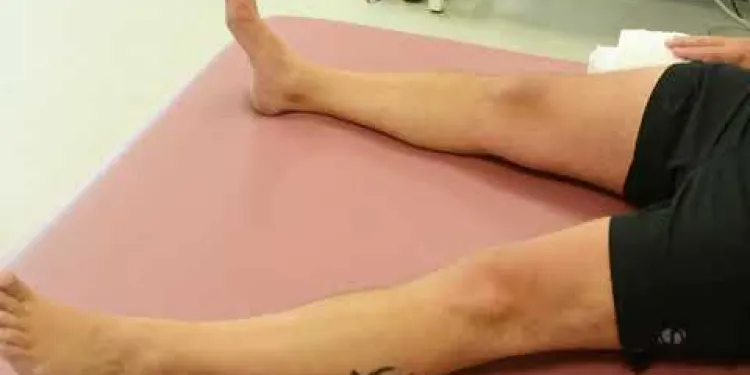
Joint School - Hip Exercises
Relevance: 33%
-

How often should I exercise during pregnancy?
Relevance: 33%
-

Can I take exercise classes during pregnancy?
Relevance: 33%
-
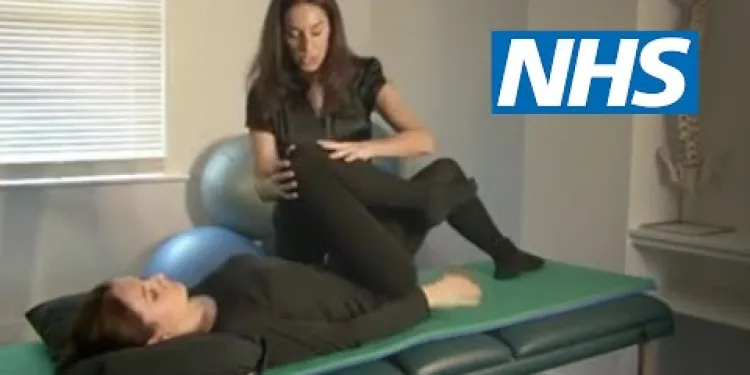
Exercises for sciatica: spinal stenosis | NHS
Relevance: 33%
-
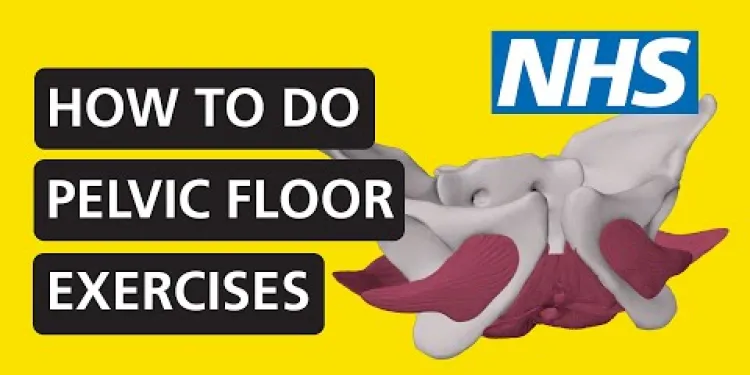
How to do pelvic floor exercises | NHS
Relevance: 32%
-

Will I be able to engage in physical exercise?
Relevance: 32%
-

Do I need to consult a doctor before exercising during pregnancy?
Relevance: 32%
-

Can I do abdominal exercises during pregnancy?
Relevance: 32%
-
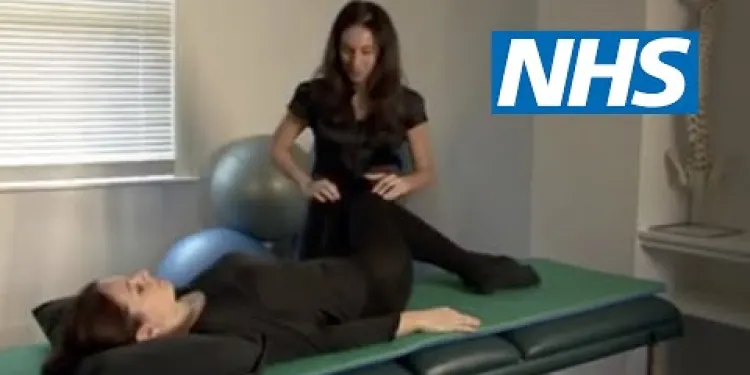
Exercises for sciatica: piriformis syndrome | NHS
Relevance: 32%
-
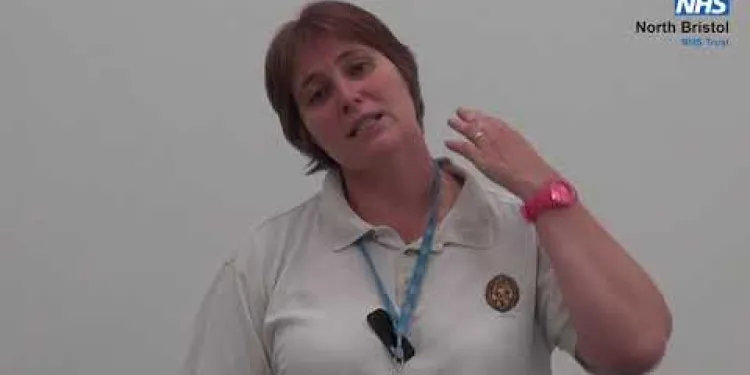
Neck Exercises
Relevance: 32%
-
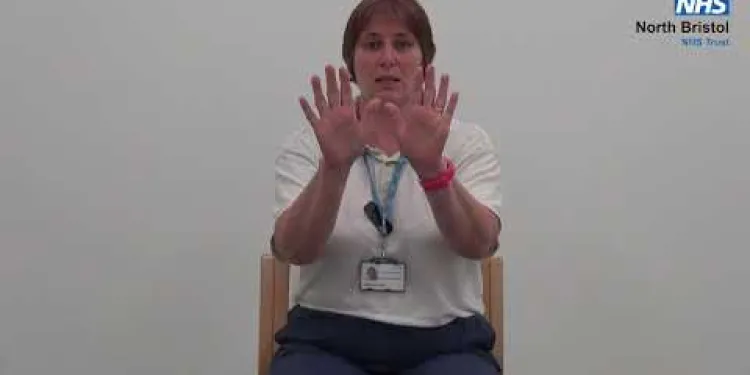
Shoulder Exercises 1
Relevance: 32%
-
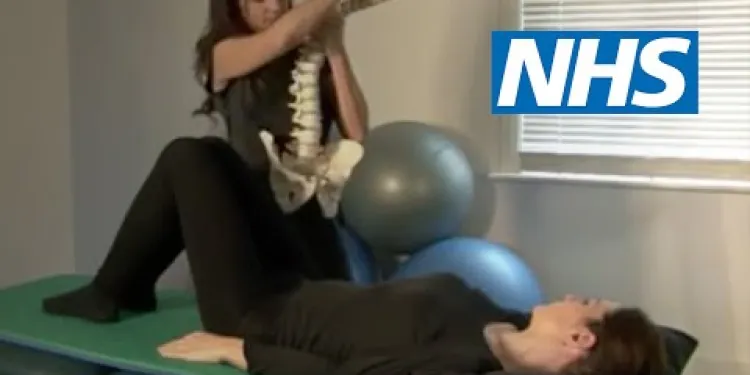
Exercises for sciatica: herniated or slipped disc | NHS
Relevance: 32%
-
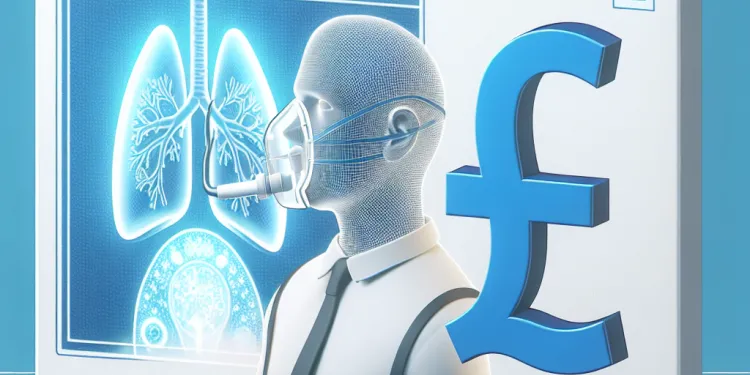
What are the common symptoms of asthma?
Relevance: 31%
-
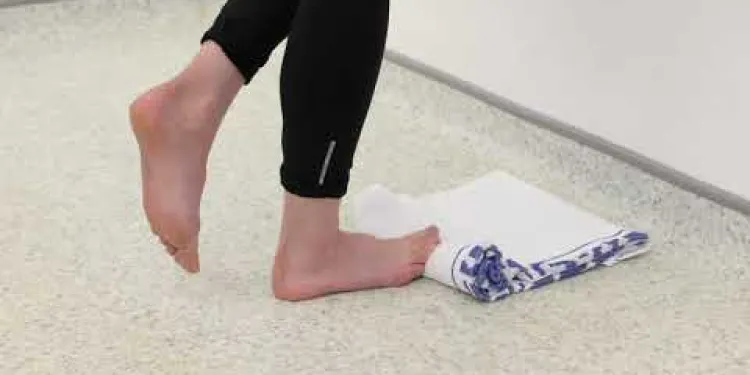
Plantar Fascia Loading Exercise (High Load Exercise)
Relevance: 31%
-

How does exercise benefit pregnancy?
Relevance: 30%
-

What exercises can I do during pregnancy?
Relevance: 30%
-

Facial exercise programme
Relevance: 30%
-
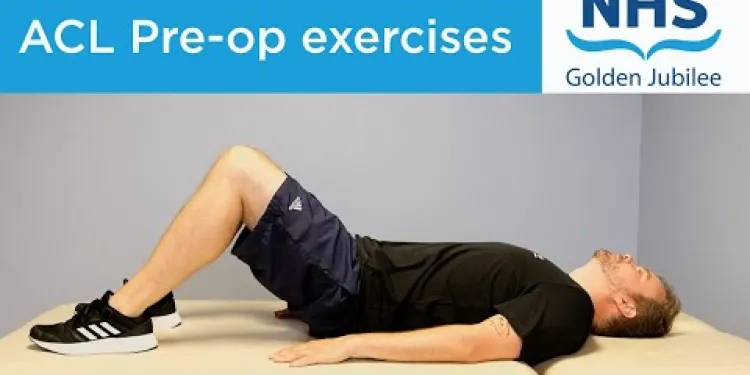
ACL pre-operation exercises
Relevance: 30%
-
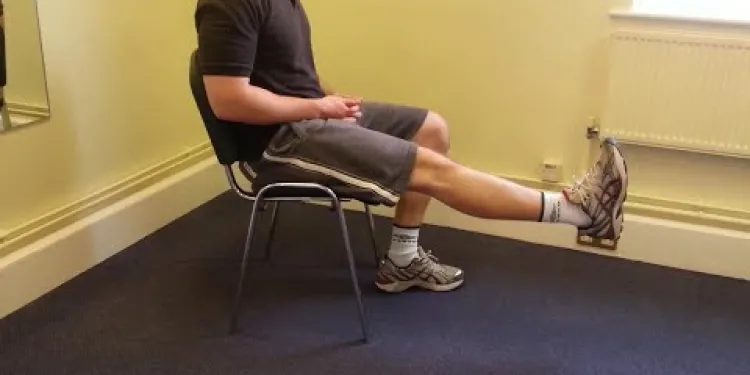
Knee Care Exercises
Relevance: 30%
-
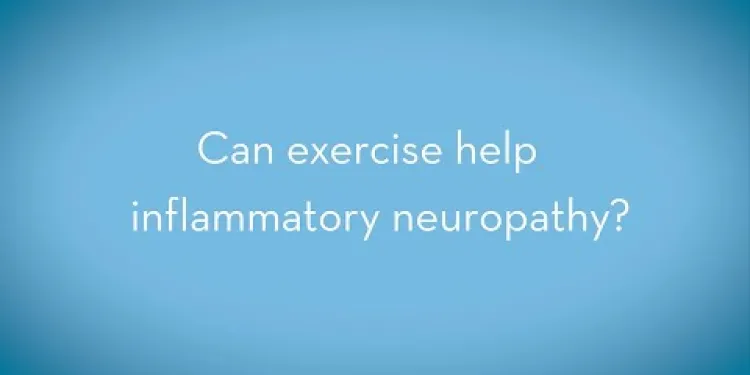
Exercise in patients with a neuropathy
Relevance: 30%
-

What should I wear for exercising during pregnancy?
Relevance: 30%
-

Can exercise help prevent gestational diabetes?
Relevance: 30%
Clearing Your Chest with Breathing Exercises
Introduction to Breathing Exercises
Clearing your chest can significantly improve your respiratory health, particularly for those living in the United Kingdom, where cold and damp weather can exacerbate respiratory issues. Breathing exercises can help clear mucus, improve lung capacity, and enhance overall breathing efficiency. These exercises are simple, cost-free, and can be performed in the comfort of your home.Importance of Good Breathing Techniques
Good breathing techniques can aid in reducing shortness of breath and managing respiratory conditions such as asthma and COPD (Chronic Obstructive Pulmonary Disease). It's essential to understand how to breathe correctly to ensure that your lungs are fully utilized, bringing in maximum oxygen while expelling carbon dioxide effectively.Deep Breathing Exercises
Deep breathing exercises are effective for clearing the chest. Start by sitting or lying down in a comfortable position. Breathe in slowly through your nose, allowing your chest and lower belly to rise as your lungs fill with air. Hold your breath for a count of five, and then slowly exhale through your mouth. Repeat this process for 5-10 minutes daily to help clear mucus and improve lung capacity.Pursed-Lip Breathing
Pursed-lip breathing helps keep your airways open longer, allowing air to escape your lungs more efficiently. To perform this exercise, breathe in slowly through your nose for a count of two. Purse your lips as if you are about to blow out a candle and exhale slowly through your mouth for a count of four. This technique is particularly beneficial when you feel short of breath.Diaphragmatic Breathing
Also known as belly breathing, this exercise helps strengthen your diaphragm, an essential muscle for respiration. Lie on your back with your knees bent. Place one hand on your chest and the other on your belly. Breathe in deeply through your nose, ensuring that your diaphragm inflates with enough air to create a stretch in the lungs. Exhale slowly through your mouth. Practice this for 5-10 minutes to enhance your lung capacity.Conclusion
Incorporating these breathing exercises into your daily routine can make a significant difference in clearing your chest and improving your overall respiratory health, especially in the often unpredictable UK climate. Remember, regular practice is key to achieving the best results. If you have any underlying respiratory conditions, consult with your healthcare provider before starting any new exercise regimen.Clearing Your Chest with Breathing Exercises
Introduction to Breathing Exercises
Breathing exercises can help make your breathing better. It is especially helpful in places like the UK, where the weather can be cold and damp. These exercises clear your chest, help you breathe better, and are easy to do at home without spending any money.Importance of Good Breathing Techniques
It is important to learn good breathing techniques. They can help you if you find it hard to breathe or have lung problems like asthma. When you breathe correctly, your lungs work well. This means you get lots of oxygen in and carbon dioxide out.Deep Breathing Exercises
Deep breathing is good for your chest. Sit or lie down comfortably. Breathe in through your nose slowly. Let your chest and belly rise as air fills your lungs. Hold your breath for five seconds. Then breathe out slowly through your mouth. Do this for 5 to 10 minutes every day to help clear your chest.Pursed-Lip Breathing
Pursed-lip breathing helps keep your lungs open longer. Breathe in slowly through your nose for two seconds. Pretend you are blowing out candles and slowly breathe out through your mouth for four seconds. This is very helpful when you feel out of breath.Diaphragmatic Breathing
This is also called belly breathing. It makes your breathing muscles stronger. Lie on your back with your knees bent. Put one hand on your chest and the other on your belly. Breathe in deeply through your nose, letting your belly rise with air. Breathe out slowly through your mouth. Do this for 5 to 10 minutes to make your lungs stronger.Conclusion
Doing these breathing exercises every day can make your chest clearer and your breathing better. This is very helpful in the UK, where the weather can change a lot. Remember, practicing regularly helps the most. If you have lung problems, talk to your doctor before starting new exercises.Frequently Asked Questions
What are breathing exercises?
Breathing exercises are techniques designed to improve respiratory function by helping to clear mucus, strengthen respiratory muscles, and improve lung capacity.
Who can benefit from breathing exercises?
Anyone can benefit, especially individuals with respiratory conditions such as asthma, COPD, or bronchitis, as well as those recovering from respiratory infections or surgery.
How often should I perform breathing exercises?
It's generally advisable to do breathing exercises at least once or twice a day, but this can vary based on individual health needs and recommendations from a healthcare professional.
Are there any risks associated with breathing exercises?
When done correctly, breathing exercises are generally safe. However, overexertion or improper technique can cause dizziness, hyperventilation, or other issues. It’s best to consult with a healthcare professional if unsure.
Can children do breathing exercises?
Yes, children can benefit from breathing exercises, particularly if they have respiratory issues. Exercises should be age-appropriate and, if possible, supervised by an adult or healthcare provider.
What is diaphragmatic breathing?
Diaphragmatic breathing, or 'belly breathing,' involves consciously using the diaphragm to breathe, which helps increase air intake and efficiency in clearing the lungs.
How long does it take to see benefits from breathing exercises?
Many people begin to notice improvements within a few days to weeks of consistent practice, including better lung function and reduced symptoms of respiratory distress.
Can breathing exercises help with anxiety?
Yes, breathing exercises are often used in relaxation techniques to help reduce stress and anxiety, as controlled breathing can calm the nervous system.
Is it necessary to use any special equipment for breathing exercises?
Typically, no special equipment is required, but some may use tools like spirometers or incentive breathers to enhance their workouts and track progress.
Can I perform breathing exercises anywhere?
Yes, one of the benefits of breathing exercises is that they can be done almost anywhere, whether at home, in the office, or outdoors.
Are there breathing exercises specifically for asthma?
Yes, certain techniques, such as the Buteyko method and controlled nostril breathing, can help manage asthma symptoms by improving breath control and reducing hyperventilation.
What is the 'huff cough' technique?
The huff cough technique helps clear mucus from the airways by using a series of shorter, gentle coughs, which are less strenuous than traditional coughing.
How do I know if I’m doing the breathing exercises correctly?
Proper form is crucial. Guidance from a respiratory therapist or watching instructional videos can ensure correct technique. Signs of improper technique include dizziness, pain, or worsening symptoms.
Do breathing exercises improve lung capacity?
Yes, regular practice of breathing exercises can help improve lung capacity and overall respiratory efficiency over time.
Where can I find resources to learn more about breathing exercises?
Resources include NHS websites, respiratory health organisations, instructional videos, and consultations with healthcare providers such as GPs or respiratory therapists.
What are breathing exercises?
Breathing exercises are ways to help you breathe better. You can do them to feel calm and relaxed. Here are some easy ways to try breathing exercises: - **Breathe in deeply:** Take a big breath through your nose. - **Breathe out slowly:** Let the air come out gently through your mouth. **Tips:** - Find a quiet place to sit or lie down. - Close your eyes if you want to. **Tools to help:** - Use a timer to remind you to breathe slowly. - Listen to calm music while you breathe.Breathing exercises are simple ways to help you breathe better. They can help clear your lungs, make your breathing muscles stronger, and help you take in more air.
Who can breathing exercises help?
Breathing exercises can help a lot of people. Here are some who might benefit:
- People feeling stressed or worried.
- People who want to relax their bodies.
- People who want to sleep better.
- People who do sports or physical activities.
- Anyone who wants to feel calm and focused.
Try these breathing exercises:
- Belly Breathing: Put your hands on your belly. Breathe in slowly through your nose. Feel your belly get bigger. Breathe out slowly through your mouth.
- Counting Breaths: Breathe in and count to 4. Hold your breath and count to 4. Breathe out and count to 4. Repeat.
Remember, it is important to practice and be kind to yourself.
Breathing exercises can help many people. They are good for people who have trouble breathing. This includes people who have asthma, COPD, or bronchitis. These exercises can also help people who are getting better after a lung infection or surgery.
Here are some helpful tips:
- Take slow, deep breaths. Imagine you are smelling a flower and then blowing out a candle.
- Try using a breathing app to guide you.
- If you are unsure, ask a doctor or a therapist for advice.
How often should I do breathing exercises?
It helps to do breathing exercises every day. You can do them in the morning or at night. Try to do it for a few minutes each time. Remember to breathe in deeply and breathe out slowly. You can use a timer or ask someone to help you remember to practice. Find a quiet place where you feel comfortable. Breathing exercises can help you feel calm and relaxed.
It is good to do breathing exercises one or two times every day. But this can change depending on what your doctor says or what you need for your health.
Can breathing exercises be risky?
Breathing exercises help many people feel calm and relaxed.
But sometimes, they can make you feel dizzy or uncomfortable.
If you feel dizzy, stop and rest. Try again later. Breathe slowly.
Ask an adult to help you if you feel unsure.
Doing breathing exercises the right way is usually safe. But if you do too much or do it the wrong way, you might feel dizzy or breathe too fast. If you're not sure how to do it, it's a good idea to talk to a doctor or nurse.
Can kids do breathing exercises?
Yes, kids can do breathing exercises. Breathing exercises are simple and help kids feel calm. Here are some tips to help:
- Find a quiet place to sit or lie down.
- Breathe in deeply through your nose and count to 3.
- Breathe out slowly through your mouth and count to 3 again.
- Repeat these steps a few times until you feel relaxed.
You can use a timer or ask an adult to help you count. Breathing exercises are a good way to relax and feel better when you are upset or worried.
Yes, breathing exercises can help kids. They are good for children who have trouble breathing. Make sure the exercises are right for their age. It's best to have an adult or a doctor watch them do the exercises.
What is breathing with your tummy?
Breathing with your tummy is when you use your belly to help you breathe. It is also called deep breathing or belly breathing. This way of breathing is good for helping you feel calm and relaxed.
Here is how to do it:
- Sit or lie down in a comfy position.
- Put one hand on your chest and the other hand on your belly.
- Take a slow, deep breath in through your nose. Feel your belly get bigger.
- Breathe out slowly through your mouth. Feel your belly get smaller.
- Try to keep your chest still while your belly moves in and out.
Practice this breathing to help you feel better. You can watch videos or ask someone to help you learn. There are apps that can give you reminders to practice too.
Belly breathing means using your belly to help you breathe better. You breathe in and out deeply, using your tummy. This helps you get more air into your lungs and makes breathing easier.
How long does it take to feel better from doing breathing exercises?
Doing breathing exercises can help you feel better. But how long will it take? Everyone is different. Some people might feel better after doing these exercises just once or twice. For others, it might take a few weeks.
Here are some tips to help:
- Practice every day if you can.
- Try to do it in a quiet place.
- Be patient and give it time.
If it’s hard to remember, you can set a reminder or ask someone to help you remember. Keep practicing, and you might start to feel calmer and more relaxed over time.
When people practice breathing exercises regularly, they can start to feel better in just a few days or weeks. Their lungs work better, and they have less trouble breathing.
Can breathing exercises help when you feel worried or scared?
Sometimes, when you feel worried or scared, breathing exercises can help you calm down. These exercises are simple ways to help your body relax. You can try taking slow, deep breaths in and out. This can help you feel better and more in control.
It might be helpful to use a timer or a calm app on your phone to guide your breathing. You can also ask an adult to help you learn how to do these breathing exercises.
Yes, breathing exercises can help you feel calm and relaxed. They are good for making you feel less stressed and worried. When you breathe slowly and deeply, it can help your body feel calm.
Do you need special equipment for breathing exercises?
You do not need any special tools. Some people use things called spirometers or incentive breathers. These tools help them breathe better and see how they are improving.
Can I do breathing exercises everywhere?
Yes, you can do breathing exercises anywhere: at home, outside, or even at work. They help you feel calm and relaxed.
Here are some tips to help you:
- Find a quiet place if you can. It can help you focus better.
- Sit or lie down to be comfortable.
- Use a timer or app to keep track of time.
Yes, you can do breathing exercises almost anywhere. You can do them at home, at work, or outside.
Can you do special breathing exercises to help with asthma?
Yes, special ways of breathing, like the Buteyko method and breathing through your nose, can help with asthma. They help you breathe better and stop you from breathing too fast.
What is the 'huff cough' technique?
The 'huff cough' is a special way to help clear mucus from your lungs. Here’s how to do it:
- Sit up straight and take a deep breath in through your nose.
- Hold your breath for a moment.
- Open your mouth and blow air out quickly, like saying "huff," but do not cough.
- This helps move mucus up so you can spit it out or swallow it.
Ask an adult to show you how. Practice with them!
The huff cough is a way to help you clear sticky stuff, called mucus, from your throat and chest. It uses shorter and softer coughs. This is easier and less tiring than normal coughing.
How can I tell if I am doing the breathing exercises right?
It is important to do it the right way. A breathing expert or videos can help you learn how to do it correctly. If you feel dizzy, have pain, or feel worse, you might not be doing it right.
Can breathing exercises help your lungs work better?
Breathing exercises are simple activities that help you breathe in and out.
Doing these exercises can make your lungs stronger.
With practice, your lungs might hold more air. This means they work better!
To start, try breathing in slowly through your nose and out through your mouth.
It's helpful to practice a few minutes each day.
You can use tools like a timer to help manage your practice time.
Yes, doing breathing exercises often can help make your lungs work better and stronger.
Where can I find things to help me learn about breathing exercises?
You can find books and videos on how to do breathing exercises. Ask someone to help you look online for websites or videos. You can also go to the library and ask the librarian for books about breathing exercises.
Try using apps on a smartphone or tablet that show you how to breathe slowly. Someone can help you download these apps.
You can ask a teacher or a friend if they know about breathing exercises. They might be able to show you how to do them.
For help, you can use NHS websites, groups that help with breathing problems, videos that show you what to do, and talks with doctors or other helpers who know about breathing.
Useful Links
- Ergsy carfully checks the information in the videos we provide here.
- Videos shown by Youtube after a video has completed, have NOT been reviewed by ERGSY.
- To view, click the arrow in centre of video.
- Most of the videos you find here will have subtitles and/or closed captions available.
- You may need to turn these on, and choose your preferred language.
- Go to the video you'd like to watch.
- If closed captions (CC) are available, settings will be visible on the bottom right of the video player.
- To turn on Captions, click settings .
- To turn off Captions, click settings again.
More Items From Ergsy search
-

Clearing Your Chest with Breathing Exercises
Relevance: 100%
-

Chest clearance techniques
Relevance: 64%
-

Chest infection: what should I do?
Relevance: 58%
-

How to retrain your breathing | Part 2 | Asthma, long covid or breathlessness
Relevance: 51%
-

Is it possible to have a heart attack without chest pain?
Relevance: 48%
-

Dorothy's Story (Falls/Chest Infection)
Relevance: 47%
-

Can exercise trigger asthma symptoms?
Relevance: 44%
-

How is breathing affected by motor neurone disease?
Relevance: 41%
-

Is it safe to exercise with a cold?
Relevance: 39%
-

Are there any exercises involved in air physiotherapy?
Relevance: 39%
-

Can exercises help with labor preparation?
Relevance: 38%
-

Bronchiolitis and chest infections in young children - Prof Steve Turner
Relevance: 37%
-

How does exercise impact heart failure?
Relevance: 37%
-

Neck Exercises
Relevance: 36%
-

How can I ensure safety during pregnancy exercises?
Relevance: 35%
-

Exercises for sciatica: herniated or slipped disc | NHS
Relevance: 34%
-

Should I avoid lying on my back during exercise?
Relevance: 34%
-

Neck Care Exercises
Relevance: 34%
-

Joint School - Hip Exercises
Relevance: 33%
-

How often should I exercise during pregnancy?
Relevance: 33%
-

Can I take exercise classes during pregnancy?
Relevance: 33%
-

Exercises for sciatica: spinal stenosis | NHS
Relevance: 33%
-

How to do pelvic floor exercises | NHS
Relevance: 32%
-

Will I be able to engage in physical exercise?
Relevance: 32%
-

Do I need to consult a doctor before exercising during pregnancy?
Relevance: 32%
-

Can I do abdominal exercises during pregnancy?
Relevance: 32%
-

Exercises for sciatica: piriformis syndrome | NHS
Relevance: 32%
-

Neck Exercises
Relevance: 32%
-

Shoulder Exercises 1
Relevance: 32%
-

Exercises for sciatica: herniated or slipped disc | NHS
Relevance: 32%
-

What are the common symptoms of asthma?
Relevance: 31%
-

Plantar Fascia Loading Exercise (High Load Exercise)
Relevance: 31%
-

How does exercise benefit pregnancy?
Relevance: 30%
-

What exercises can I do during pregnancy?
Relevance: 30%
-

Facial exercise programme
Relevance: 30%
-

ACL pre-operation exercises
Relevance: 30%
-

Knee Care Exercises
Relevance: 30%
-

Exercise in patients with a neuropathy
Relevance: 30%
-

What should I wear for exercising during pregnancy?
Relevance: 30%
-

Can exercise help prevent gestational diabetes?
Relevance: 30%


